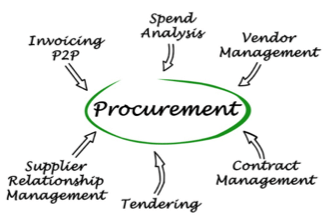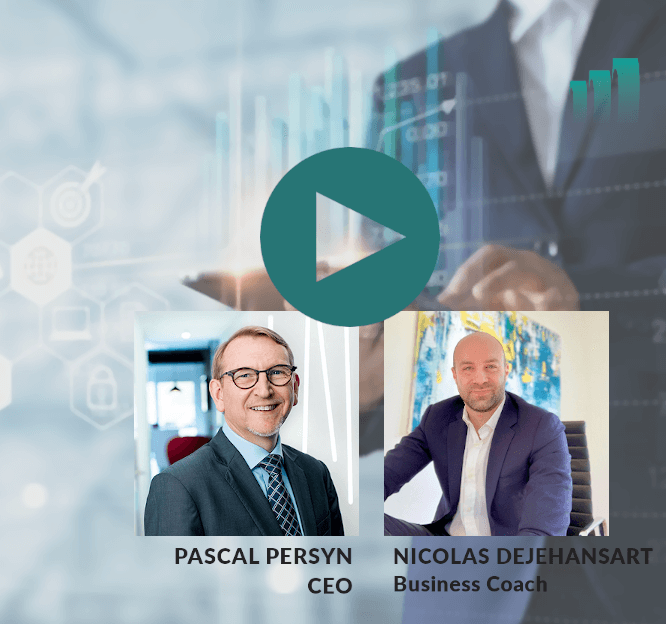I used to be closely involved with a sales team at a medium-sized technology company. Nicolas, one of the salespeople there, often came away from meetings feeling a bit dazed, convinced that procurement’s only goal was to buy at the lowest possible price. But Bruno, one of his colleagues with the same types of customer, sells very successfully without always needing to lower the price. Is Nicolas just unlucky, or is there more to it?
What Nicolas isn’t seeing
Nicolas keeps falling into the same trap. He ends up negotiating on price because he hasn’t convinced the customer of his solution’s value, which leads to buyers trying to hammer the price down. Or he starts bargaining before other issues have been cleared up, such as delivery times or SLAs. And sometimes he simply gives up too quickly.
So what makes Bruno so successful?
Bruno, on the other hand, appreciates that negotiating actually means finding solutions. He understands his customers’ challenges and KPIs, and responds by offering them added value in his solutions. He keeps a ‘give and take’ list, which gives him self-assurance and helps him find a win-win situation together with the customer. Last but not least, he also always has a strategy and action plan. Customers see Bruno as a partner and adviser; he understands their situation and is there to help them.
Negotiating techniques
What’s crucial in negotiations?
- That you, like Bruno, understand the procurement KPIs – there’s a lot more to it than simply buying at the lowest price
- This knowledge gives the seller a certain amount of bargaining leverage
- And that puts sales in a position to understand their discussion partners’ objectives and strategy, and predict their next move, so they can tailor their sales strategy accordingly
The moral of the story is to start negotiating as soon as the customer begins their buying journey, in the initial conversation. If you as the seller do everything right throughout the customer’s buying cycle, negotiating actually becomes very simple, even for complex matters. It turns the negotiation into a simple conversation that successfully concludes all previous discussions.
Read more about the COMPLEX NEGOTIATION SKILLS open training, see if the next session fits into your schedule, and book your seat straight away:
Click here if you are looking to set up a Sales Academy in your company

[ON-DEMAND WEBINAR]
How to acquire new customers today
What are customers open to? How to find out and create sufficient trust to discuss?
Which mix of digital, virtual and physical conversations work best?







